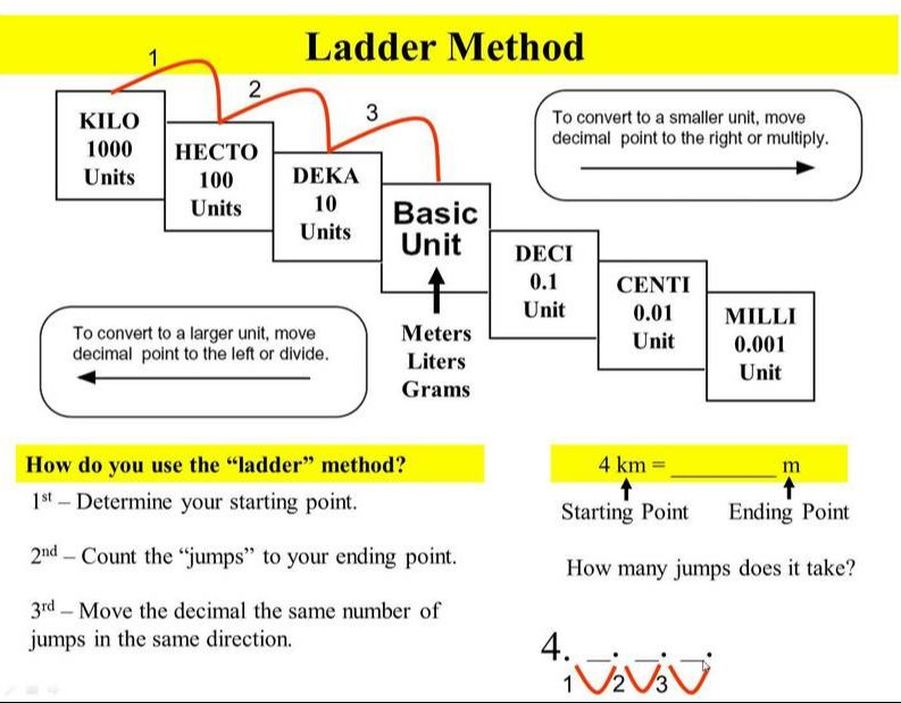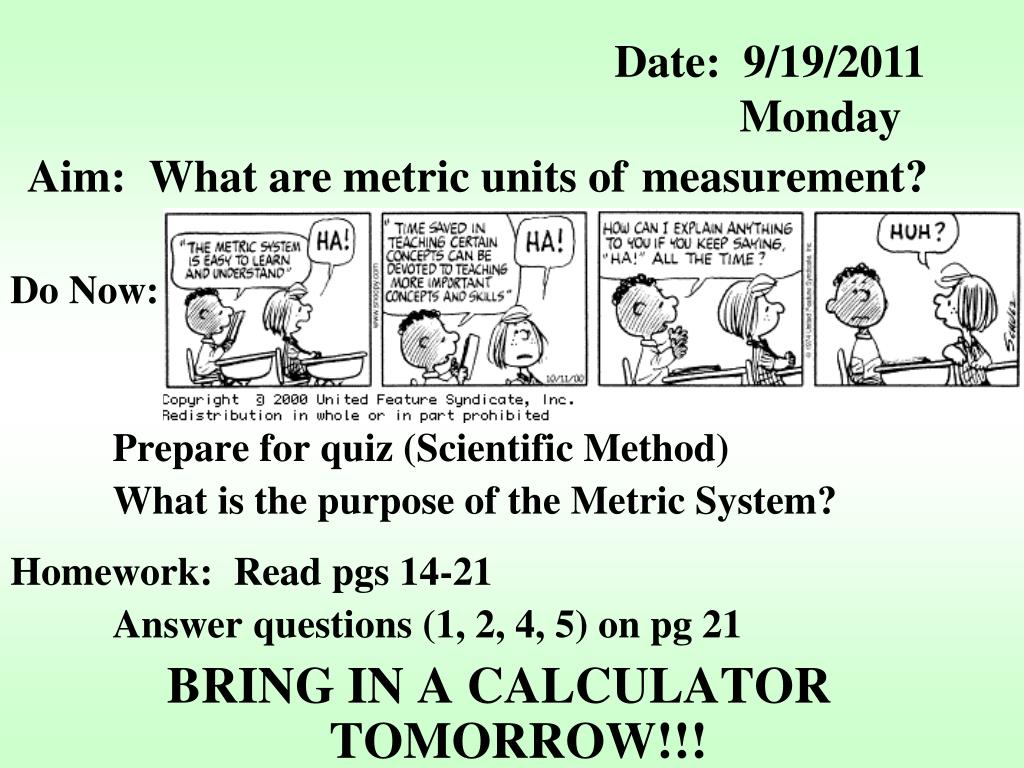Nov 21, 2023The metric system is the most common system used worldwide and is the standard for most of the world. Scientists use the metric system when designing and conducting scientific inquiries.
Measuring Mass Worksheet and Flipchart Freebie | Science skills, Measuring mass, Science tools
The metric system is the standard system of measurement in science. This module describes the history and basic operation of the metric system, as well as scientific notation. The module explains how the simplicity of the metric system stems from having only one base unit for each type of quantity measured (length, volume, and mass) along with a range of prefixes that indicate multiples of ten.

Source Image: k5learning.com
Download Image
The measurements that scientists use are based on the International System of Units (SI), which is a form of the metric system. The term SI is shortened from the French term Le Système international d’unités. It is the world’s most widely used system of units, both in science and business. It is useful to scientists because it is based on multiples of 10.
Source Image: quora.com
Download Image
INT SCI 1.U2 The metric system is a system of measurement that uses prefixes such as kilo, mega, nano, etc., to present the units of numbers. For example, for the length, we have the millimeter,

Source Image: growinggradebygrade.com
Download Image
Why Is The Metric System Used In Science
The metric system is a system of measurement that uses prefixes such as kilo, mega, nano, etc., to present the units of numbers. For example, for the length, we have the millimeter, The metric system is a system of measurement that is a decimal system. The current international standard for the metric system is the International System of Units (Système international d’unités or SI), in which all units can be expressed in terms of seven base units. The units that serve as the SI base units are the metre , kilogram
Growing Grade by Grade: Measurement Conversions With A Memory Trick
Jun 9, 2023The metric system makes life much easier. A similar conversion would be to find how many centimeters exist in 5 kilometers. A kilometer is 10 3 meters; a centimeter is 10 -2 meters. To make the conversion, you simply move the decimal point to the right five times: 5 kilometers = 5,000 meters = 500,000 centimeters. Metric System Primer Science uses the Metric system units as it’s standard for reporting data. Knowing the basics of the Metric system is essential. To. – ppt download

Source Image: slideplayer.com
Download Image
When and Why to Standardize Your Data | Built In Jun 9, 2023The metric system makes life much easier. A similar conversion would be to find how many centimeters exist in 5 kilometers. A kilometer is 10 3 meters; a centimeter is 10 -2 meters. To make the conversion, you simply move the decimal point to the right five times: 5 kilometers = 5,000 meters = 500,000 centimeters.

Source Image: builtin.com
Download Image
Measuring Mass Worksheet and Flipchart Freebie | Science skills, Measuring mass, Science tools Nov 21, 2023The metric system is the most common system used worldwide and is the standard for most of the world. Scientists use the metric system when designing and conducting scientific inquiries.

Source Image: pinterest.com
Download Image
INT SCI 1.U2 The measurements that scientists use are based on the International System of Units (SI), which is a form of the metric system. The term SI is shortened from the French term Le Système international d’unités. It is the world’s most widely used system of units, both in science and business. It is useful to scientists because it is based on multiples of 10.

Source Image: mysciencesquad.weebly.com
Download Image
PPT – Aim: What are metric units of measurement? PowerPoint Presentation – ID:5074971 Most of the world measures things using the metric system. Learn more about this standard of measurement and how it is getting more and more accurate. Meas

Source Image: slideserve.com
Download Image
The Metric System: Defining & Redefining Our World – The Institution for Science Advancement The metric system is a system of measurement that uses prefixes such as kilo, mega, nano, etc., to present the units of numbers. For example, for the length, we have the millimeter,

Source Image: ifsa.my
Download Image
Chapter one Science Skills. – ppt video online download The metric system is a system of measurement that is a decimal system. The current international standard for the metric system is the International System of Units (Système international d’unités or SI), in which all units can be expressed in terms of seven base units. The units that serve as the SI base units are the metre , kilogram

Source Image: slideplayer.com
Download Image
When and Why to Standardize Your Data | Built In
Chapter one Science Skills. – ppt video online download The metric system is the standard system of measurement in science. This module describes the history and basic operation of the metric system, as well as scientific notation. The module explains how the simplicity of the metric system stems from having only one base unit for each type of quantity measured (length, volume, and mass) along with a range of prefixes that indicate multiples of ten.
INT SCI 1.U2 The Metric System: Defining & Redefining Our World – The Institution for Science Advancement Most of the world measures things using the metric system. Learn more about this standard of measurement and how it is getting more and more accurate. Meas